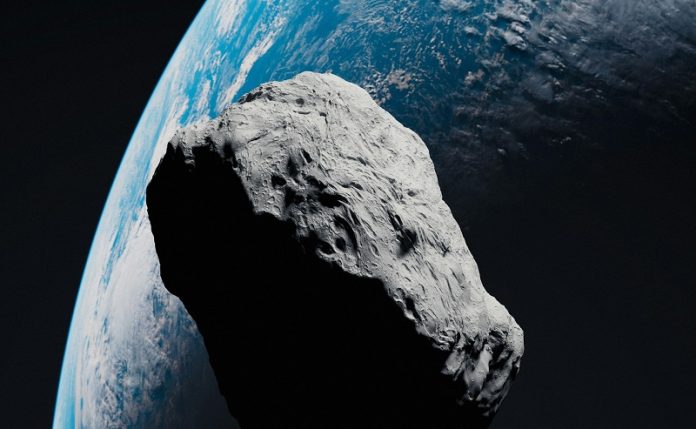
A team of scientists from different countries has found new evidence that asteroids may have delivered the essential ingredients for life to Earth.
Their study, published in Nature Astronomy, focused on material collected from the asteroid Ryugu by the Japanese space probe Hayabusa2.
In 2014, Japan’s space agency, JAXA, sent the Hayabusa2 mission to Ryugu, an asteroid classified as a C-type, which means it’s rich in carbon-based materials. Ryugu orbits the sun on a path similar to Earth’s.
After a long journey, the spacecraft reached Ryugu, collected both surface and dust samples, and returned them to Earth in 2020. This mission was part of a larger effort to understand asteroids and their potential role in shaping the early days of our planet.
The materials from Ryugu have been studied by various research groups since their arrival.
In this study, the international research team specifically analyzed a collision sample, looking for evidence that asteroids may have brought important chemicals to Earth billions of years ago. These chemicals could have been necessary to kick-start life.
To examine the material from Ryugu, the researchers designed a special sealed chamber. Inside this chamber, they could analyze the samples using advanced tools like a spectral microscope in a vacuum-sealed environment, which means the samples were protected from any outside contamination.
The tiny particles were placed on special sapphire dishes, which allowed the scientists to study them under light beyond what the human eye can see. These dishes sat on gold-coated mirrors to further ensure the materials stayed clean and untainted.
The team then used various tools, including X-ray spectrometry, to carefully examine the particles. What they discovered was exciting: they found hydrated magnesium, ammonium, and phosphorus.
These elements and compounds are important because they are believed to be some of the building blocks of life. Hydrated magnesium indicates the presence of water, which is essential for life as we know it.
Ammonium, on the other hand, is a compound that can break down into nitrogen and hydrogen, two critical elements for living organisms.
This discovery suggests that asteroids like Ryugu might not only contain organic materials but also essential compounds in their hydrated form, which means these compounds interacted with water.
Water is crucial because, without it, many chemical reactions necessary for life wouldn’t occur. The fact that these elements exist in a hydrated state indicates they could have contributed to the early formation of life on Earth.
Moreover, the researchers pointed out that the presence of these compounds means that the grains found on Ryugu likely formed far away from the sun, beyond the orbit of Jupiter.
If they had formed closer to the sun, the heat would have caused them to evaporate. This suggests that these life-essential compounds traveled from deep space and, through asteroid collisions, could have been delivered to early Earth.
Finding ammonium in particular is a big deal because it can release hydrogen and nitrogen, two elements vital for creating amino acids and other molecules needed for life.
This kind of discovery supports the theory that some of the chemicals necessary for life were not created on Earth but instead brought here from space, possibly from asteroids like Ryugu.
This research adds to a growing body of evidence suggesting that life on Earth might have gotten its start, at least in part, from materials delivered by asteroids.
Asteroids could have carried water and organic molecules, which eventually combined under the right conditions to form the first living organisms.
By studying asteroids like Ryugu, scientists are learning more about the early history of our solar system and how life may have begun on Earth.
These findings help us understand where we came from and what other secrets space may hold about the origins of life.
The findings are published in Nature Astronomy.
Copyright © 2024 Knowridge Science Report. All rights reserved.



